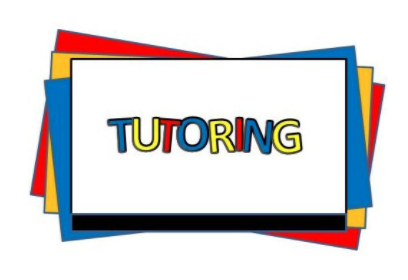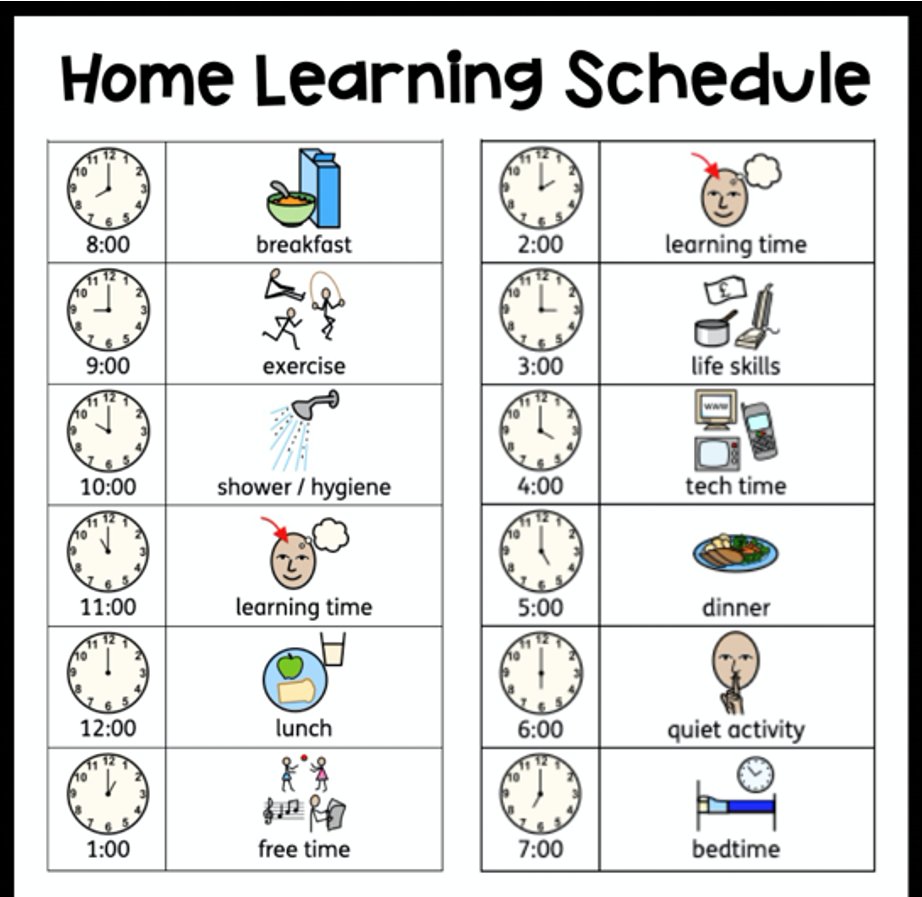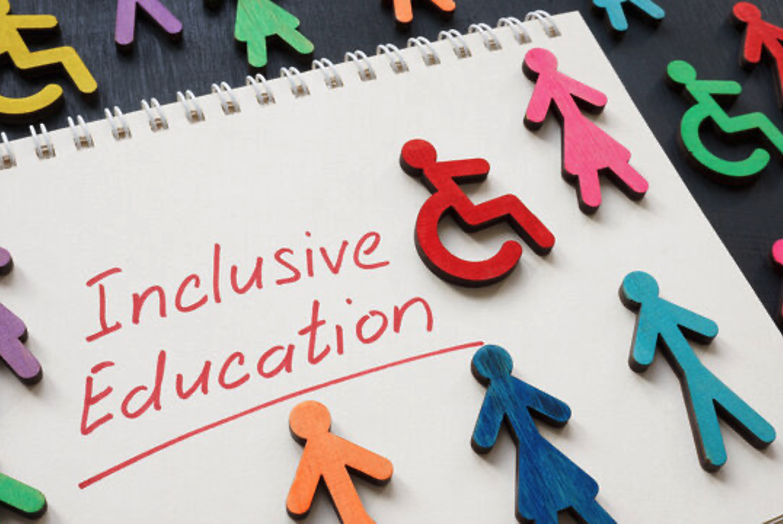An Organized Workspace for Learners with Special Needs?

Effective Tutoring for Learner’s with Special Needs

Live, Virtual Tutoring vs In-person Tutoring for Learners with Special Needs
Why is it so important to teach our learners with special needs how to organize their learning space and keep it clean? Anxiety. Plain and simple. When a workspace is disorganized, messy, and unclean, the learner has the potential of becoming anxious, stressed, and could even decide to give up before they begin. So, it is up to us as parents and teachers to help teach our children how to organize their learning areas and keep it clean.
Tip 1: Have a physical space for each item.
Start with having a desk that fits the learner’s size and needs. Nothing too small. It needs to fit their bodies and the number of items they choose to put on their desk. They need to have a pencil/pen caddy, a place for figits, and even a tray for books or papers. You can label each item with words or a picture so that when it is time to clean up, they know exactly where everything goes. You can even use shoebox bins with visuals on the outside to hold various learning items.
Tip 2: Have a quiet space with minimal distractions.
We know that many times our learners with special needs have sensory sensitivities and require just the right space to work in. You know your child and their needs. Find a quiet space, where they can focus. Be careful about smells, sounds, and sights that could be distracting. We want to make the right environment for their needs.
Tip 3: Use a written/visual schedule.
Using a written and/or visual schedule can keep your child organized during work time. These types of schedule use written words and/or pictures to tell the child what comes next. You can use paper, a white board, or even laminated cardstock paper. Once a task was completed, the child would simply mark it off the list. An example of a work schedule could look like this:
9:00 – 9:10 Read for 10 minutes
9:10 – 9:15 break
9:15 – 9:30 Math practice
9:30 – 9:35 break
9:35 – 9:50 phonics practice
9:50 – 10:00 break
Here is another learning schedule to visualize.

Happy organizing!!!!
Related posts






